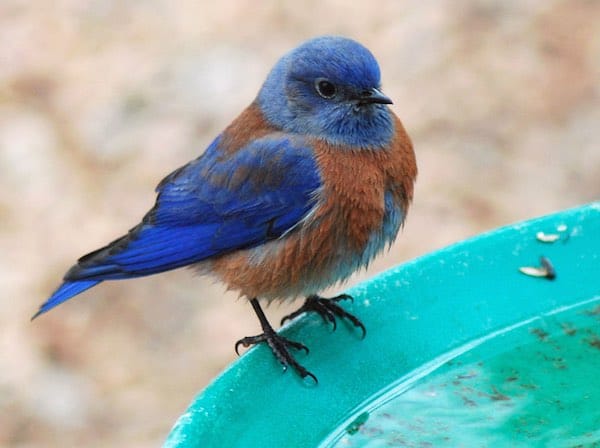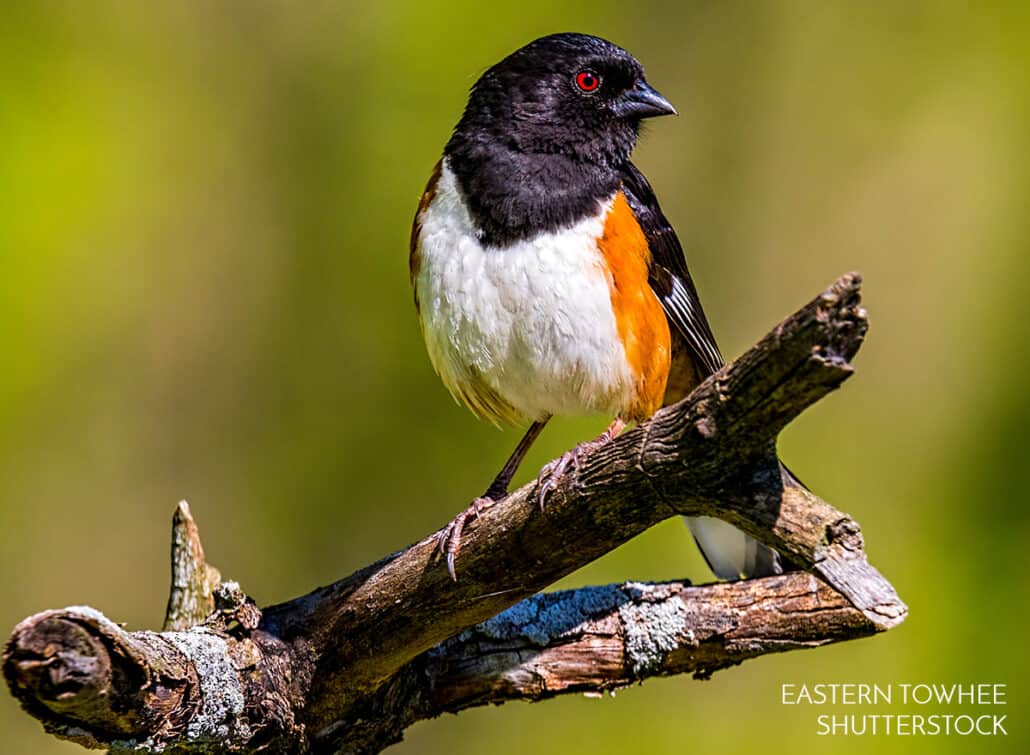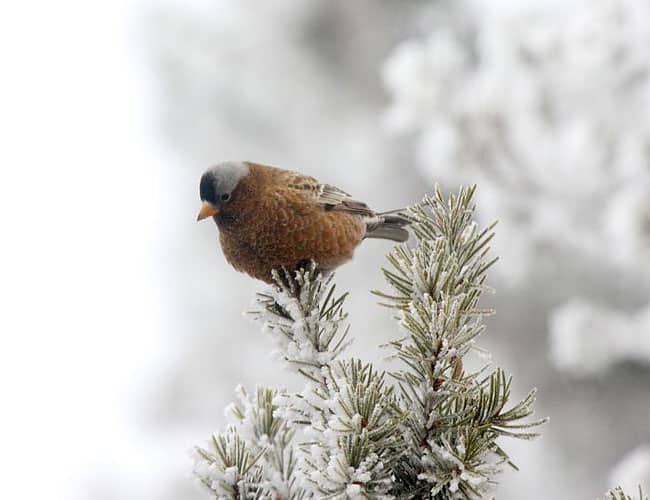Look For
Adult male is orange and black with an orange crown and black face and throat. The “hood” on the hooded oriole is golden orange, not black as in many of our other orioles. Their bill is thinner and down-curved. White coverts on black wings are less extensive than those of Bullock’s oriole. They range from 7 ½ to 8 inches long. Female Hooded orioles are olive above and yellow below.
Listen For
The Hooded oriole’s song is a jumble of whistles, squeaks, and chattering notes. Calls include a rising wheet! and a short, soft chatter.
Find It
Hooded orioles are distributed throughout desert southwestern United States, Mexico, and into Belize in open woods, thickets, palm and streamside groves, parks, and wooded suburban neighborhoods. Hoodeds are usually associated with palm trees because their nests were so commonly found in palm trees that their early common name was Palm-Leaf Oriole.
They are also common visitors to backyard feeders for nectar and fruit. Although recent declines of hoodeds in some areas have been attributed to parasitism by brown-headed and bronzed cowbirds.
Feeding Behavior
Hooded orioles enjoy insects, spiders, nectar, and fruit. They feed in trees, shrubs, brushy vegetation, and backyard feeders but you will rarely see them on the ground.
Nesting Behavior
The nest is a woven structure composed of grass, palm, or yucca fibers and placed high in a tree. Nests are always suspended from leaves of trees that may be in residential areas, riparian canyons, parks, botanical gardens, or desert oases. Hoodeds clutch size is usually two to four eggs and only the female incubates. Young hooded orioles fledge after a little over two weeks but remain near their parent’s nest for numerous days.
Wow!
Some hooded orioles spend the winter in the U.S. in places where nectar feeders guarantee a steady food supply.




